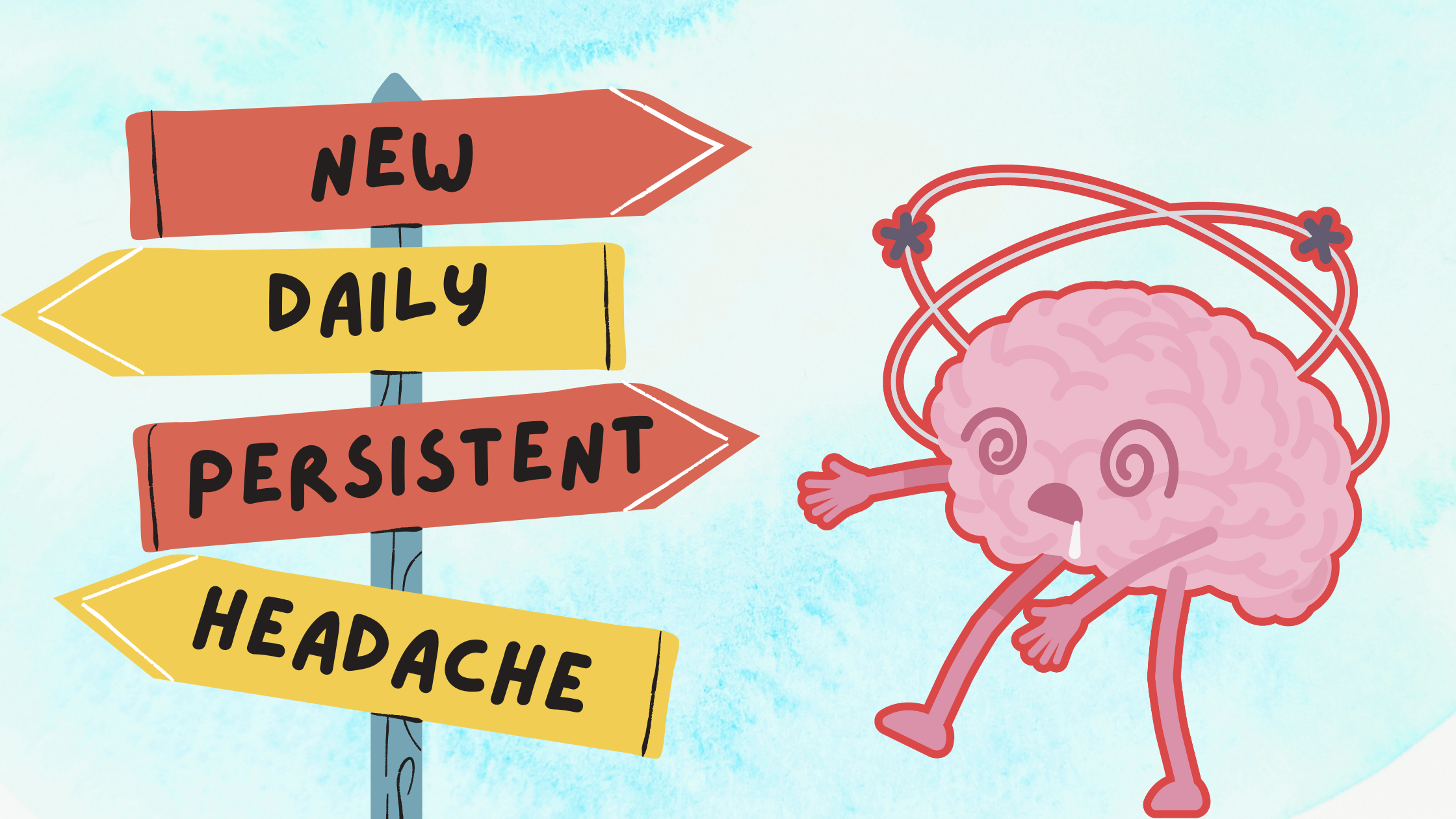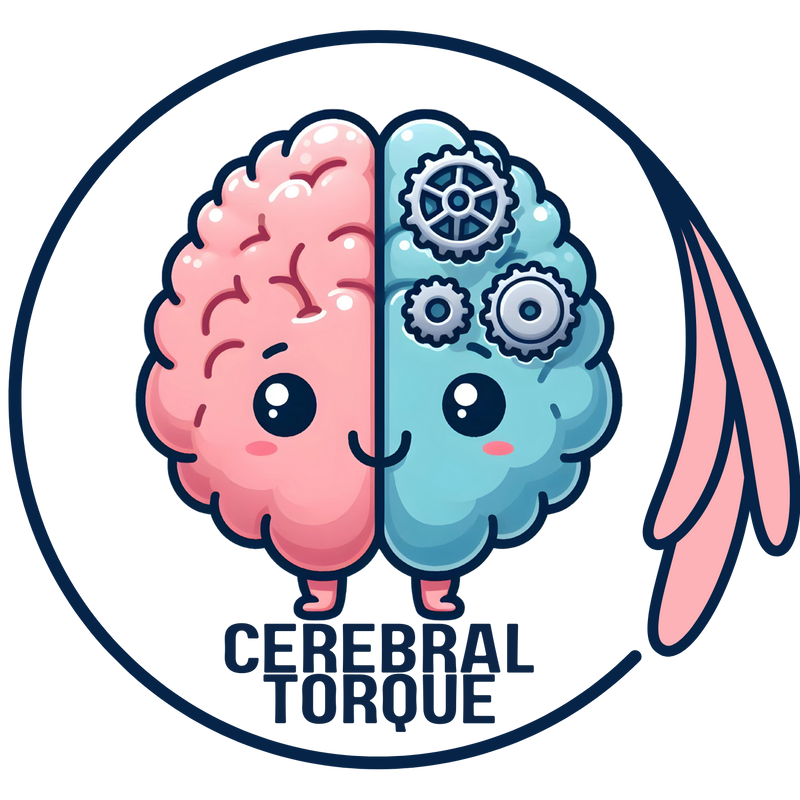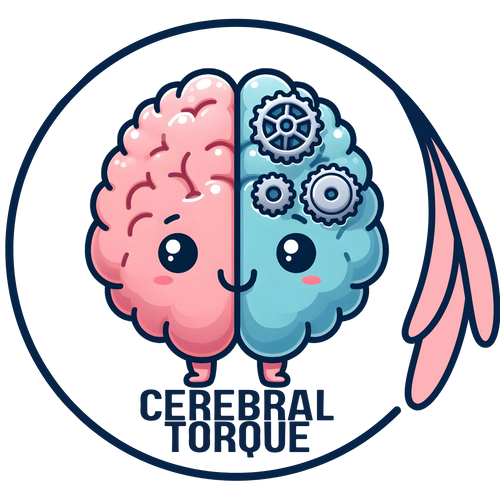New Daily Persistent Headache (NDPH) with Q&A
Posted on August 03 2023,

This post is for educational purposes only and may contain errors. Please talk to your neurologist.
What is New daily persistent headache (NDPH)?
New daily persistent headache (NDPH) is a chronic headache disorder first described in the medical literature in 1986. The standard course is a patient that develops a headache that begins one day, rapidly becomes constant within 24 hours, and persists daily without remission for at least 3 months. We will get to the more detailed diagnosis later.
A defining feature of NDPH is that patients can recall and identify the precise date their headache started. In fact, up to 80% of individuals with NDPH can pinpoint the exact day of onset.
https://pubmed.ncbi.nlm.nih.gov/11993616/
This distinguishes NDPH from other chronic headache disorders like chronic migraine or chronic tension-type headache, which may gradually worsen over time.
Epidemiology
NDPH is considered a rare primary headache disorder. Population-based studies estimate the prevalence to be around 0.03-0.1%. However, NDPH appears to be more common in children and adolescents compared to adults. In pediatric headache clinics, NDPH accounts for 13-31% of chronic daily headache cases.
NDPH affects females more frequently than males. The age of onset is large, from early teenage years to over 80 years old, with the average age of onset being the mid-30s to 40s. Onset during winter months has been reported in children.
Pathophysiology
The cause of NDPH is poorly understood. In some patients, NDPH begins in relation to an environmental or situational trigger.
Common proposed triggers include:
- Viral or bacterial infection - COVID-19, Epstein-Barr virus, herpes simplex virus, cytomegalovirus, dengue virus
- Recent surgery
- Stressful life event
- Respiratory illness
One theory is that infection or other triggers initiate an inflammatory cascade that leads to activation of autoimmune responses in the trigeminal system. This neurogenic inflammation is theorized to manifest clinically as persistent head pain.
NDPH triggered by acute thunderclap headache has also been reported. It has been hypothesized this could result from reversible cerebral vasoconstriction syndrome, but a causal relationship remains speculative.
Ultimately, the reason NDPH persists long after any inciting trigger resolves is unknown. In many cases, no precipitating event is identified.
Clinical Features
NDPH may resemble migraine, tension-type headache, or have aspects of both. In one study of 162 adults with NDPH, 90% met diagnostic criteria for chronic migraine and 9% for chronic tension-type headache. In children, most headache days have migrainous features.
https://journals.sagepub.com/doi/10.1177/0333102417738202
The pain of NDPH is typically bilateral, with a pressing or throbbing quality. Pain severity is usually moderate but can be severe. Migraine-associated symptoms like nausea, vomiting, photophobia, and phonophobia may accompany the headache. Most patients have a normal neurological exam.
Diagnosis
NDPH is a clinical diagnosis made based on fulfillment of the following International Classification of Headache Disorders criteria:
A. Persistent headache fulfilling criteria B and C
B. Distinct and clearly-remembered onset, with pain becoming continuous and unremitting within 24 hours
C. Present for >3 months
D. Not better accounted for by another ICHD-3 diagnosis
Secondary causes of headache must be excluded, even if the neurological exam is normal. Recommended initial evaluation includes brain MRI with contrast to rule out structural lesions, MRV if venous thrombosis is suspected, and lumbar puncture if signs of intracranial infection or hypertension are present.
NDPH must also be differentiated from other primary headache disorders like hemicrania continua, chronic migraine, medication overuse headache, and chronic tension-type headache.
Treatment
There are no evidence-based guidelines for NDPH treatment. The approach is to match therapy to the headache phenotype, using standard migraine or tension-type headache preventives.
See these articles for more information on treatment:
-
First-line, Second-line, and Third-line Chronic Migraine Preventive Treatments: Link
-
Prophylactic Treatment of Tension-Type Headache (TTH): Link
Response is often poor and intractable. Analgesic overuse should be avoided.
Prognosis
Two subtypes of NDPH have been proposed:
1) Self-limiting: Resolves spontaneously (without therapy) within several months
2) Refractory: Persists long-term, is disabling, and highly resistant to treatment
The refractory subtype accounts for over 90% of NDPH cases seen clinically. While NDPH may remit early on, most patients experience headache for many years or decades that significantly impacts quality of life.
Q and A:
Q: What is unique about the onset of NDPH?
A: NDPH starts suddenly, becomes constant daily, and is unremitting, typically in people without a prior headache history.
Q: Can patients with NDPH describe the exact onset date?
A: Yes, patients can recall and accurately describe the precise onset of NDPH. If they cannot, another diagnosis should be considered.
Q: Can people with a history of migraine get NDPH?
A: Yes, but they should not describe increasing migraine frequency before NDPH began.
Q: Can people with a history of tension headaches get NDPH?
A: Yes, but they should not have increasing tension headache frequency before NDPH started.
Q: What happens if a patient has features of both NDPH and chronic migraine?
A: If criteria for both are met, NDPH takes priority as the diagnosis.
Q: What if criteria for NDPH and hemicrania continua are fulfilled?
A: Hemicrania continua becomes the default diagnosis rather than NDPH.
Q: Can medication overuse/adaptation occur with NDPH?
A: Yes, but NDPH cannot be diagnosed if headache frequency increased due to medication overuse/adaptation before daily headaches began.
Q: What is diagnosed if medication overuse/adaptation preceded NDPH onset?
A: Medication overuse headache would be the appropriate diagnosis in this scenario.
Q: Should secondary causes be ruled out before diagnosing NDPH?
A: Yes, secondary headaches like those due to head trauma or CSF pressure issues should be investigated.
All Non-Invasive Neuromodulation Devices for Migraine Treatment
Wondering if migraine devices actually work? This guide breaks down the latest evidence on non-invasive neuromodulation devices like Cefaly, Nerivio, and gammaCore. Learn which devices have solid research backing them,...
Read MoreSun, Sep 14, 25
Neuroimaging Differences Between Migraine Types: Aura vs. Without Aura
Discover the latest neuroimaging research revealing key brain differences between migraine with aura and migraine without aura.
Read MoreThu, Sep 04, 25
Understanding Migraine Prodrome
Discover the migraine prodrome phase: 36 warning symptoms that occur 1-6 hours before headache onset. Learn timing patterns, predictive confidence levels, and new treatment approaches based on groundbreaking 2025 research...
Read More



